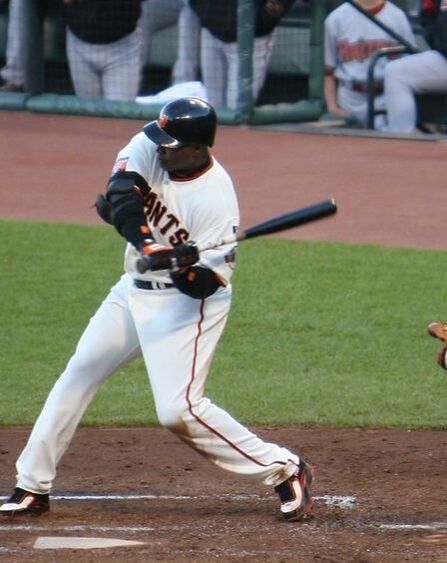0 Comments
6 Reasons Why our Wooden sKinny-barrel Bat is the best Youth Baseball Swing and Contact Trainer8/8/2020 As a youth baseball coach, I've seen a lot of swing and contact training bats come and go. A lot of them are good, but most of them try to fix one or two flaws in a hitter's swing. Things like "staying inside the ball" or "hand-eye coordination" or "contact training." The truth is that most of them neglect the very basics of a proper baseball swing: a batter's swing starts from the feet up, so any type of bat that tries to alter the swing without addressing every aspect of the player's body that comes before it isn't truly helping.
Big Lumber's solid maple Drop -5 Skinny Barrel swing and contact training bat serves every aspect of a player's swing. When a player is young, he or she needs to develop the proper swing mechanics as early as possible. This will avoid many swing-damaging tips the player will try to learn later on. A training bat should help build the muscles needed for a proper, strong, smooth swing. Our wooden, skinny-barrel swing trainer does just that. Here are the 7 reasons why it's the best swing trainer for youth baseball players:
 We get asked a lot, "What wood are your bats made out of?" On that note, full disclosure: we only make bats out of sold, one-piece, top-grade maple. More importantly, why do we only use maple for our bats, and is it the best wood for a baseball bat? In our opinion, maple is the best all-around wood for baseball bats, but that's not to say you can't get a quality, professional-grade bat made out of other woods, like birch, ash or bamboo. Below is a breakdown of the differences, pros and cons of each wood that baseball bats are typically made out of.
|
Big Lumber Baseball BlogIf you're gonna swing a wood bat, you should also read our Baseball Blog, focused mainly on hitting and helping baseball coaches. Archives
September 2020
Categories |
Youth Wood Bats
Custom Youth Wood Bats: 26-30 inches
Youth & High School Wood Bats: 31-34 inches
Custom Maple Fungo Bats for Coaches
Contact Us
Custom Youth Wood Bats: 26-30 inches
Youth & High School Wood Bats: 31-34 inches
Custom Maple Fungo Bats for Coaches
Contact Us
© 2023 Big Lumber Baseball. All rights reserved.





 RSS Feed
RSS Feed